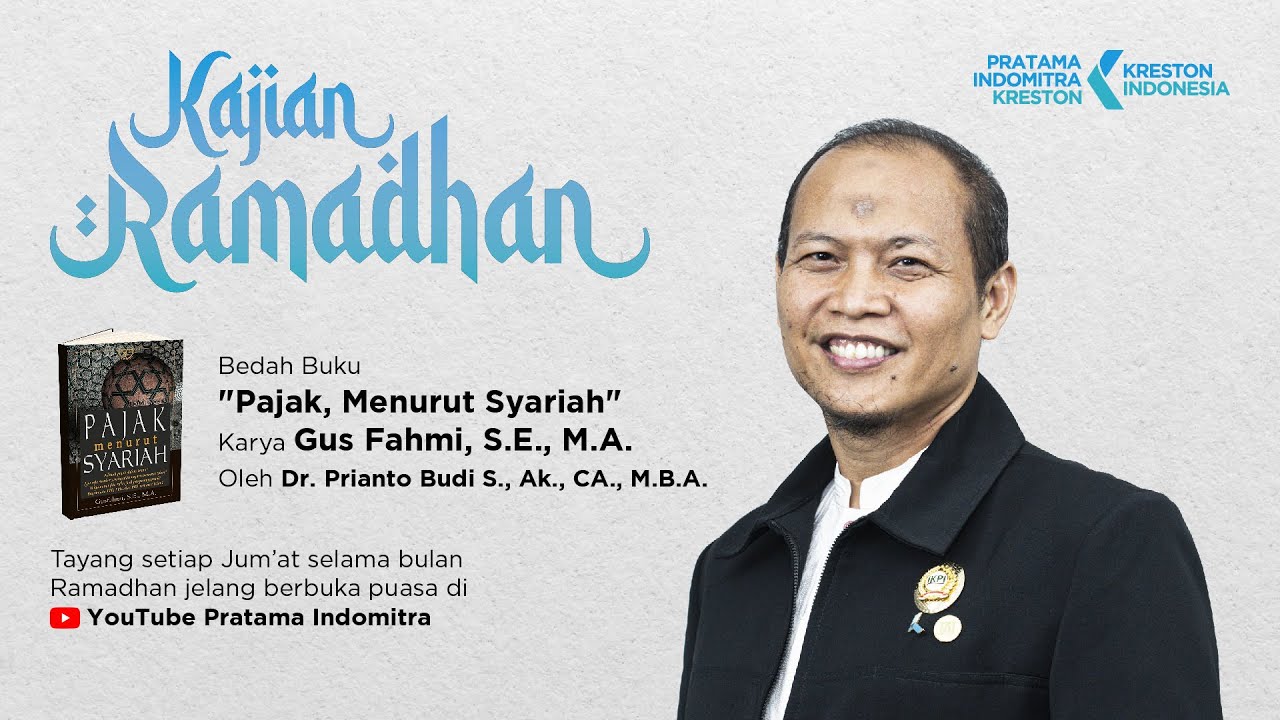Empire Building in DAR AL-ISLAM 1200-1450 [AP World History Review—Unit 1, Topic 2]
Summary
TLDRThis video explores the concept of state-building in the Islamic world, focusing on how Islam influenced different regions. The Abbasid Caliphate united much of the Middle East and North Africa but eventually fractured politically. In India, Muslim Turks established the Delhi Sultanate, facing resistance from the Hindu majority due to religious differences. In contrast, Islam spread peacefully in West Africa through trade, becoming influential in urban centers like Mali. The video also highlights the economic, technological, and cultural contributions of Muslims, including innovations in banking, advancements in rocketry, and the preservation and expansion of Greek philosophical and scientific knowledge.
Takeaways
- 🌍 The Abbasid Caliphate was a significant Islamic empire that emerged in the mid-8th century, unifying the Middle East and North Africa under the Arabic language and Islamic traditions.
- 🕌 By 1000 CE, the political unity of the Abbasid Caliphate had deteriorated, but Islam as a religion continued to spread and influence various regions across Afro-Eurasia.
- 🇮🇳 In India (South Asia), Turkish Muslims established the Delhi Sultanate in 1206, but faced resistance in converting the predominantly Hindu population to Islam due to stark religious differences.
- ✋ Hinduism's polytheism and caste system contrasted sharply with Islam's monotheism and social equality, making large-scale conversions in India unlikely.
- 🧘♂️ Sufi missionaries in India embraced a more mystical and accommodating form of Islam, which led to some conversions, particularly among disillusioned Buddhists and lower-caste Hindus.
- 🌍 In West Africa, Islam spread through peaceful trade and commerce, with merchants playing a key role in voluntary conversions, especially in urban centers like Ghana, Mali, and Songhay.
- 👑 The influence of Islam reached high levels of government in West Africa, exemplified by Mansa Musa of Mali, who famously made a pilgrimage to Mecca, showcasing his wealth and piety.
- 💰 Muslims were prominent in the Afro-Eurasian trade networks and contributed to economic innovations such as new forms of banking, credit, and business contracts.
- 🚀 Muslims made technological advancements by improving Chinese rockets for military use and enhancing papermaking techniques, which strengthened bureaucratic control through written documentation.
- 📚 The translation of Greek philosophical, scientific, and medical texts into Arabic by Muslims preserved these works and led to further innovations, exemplified by the establishment of the House of Wisdom in Baghdad.
Q & A
What does 'Dar al-Islam' mean?
-'Dar al-Islam' translates to 'everywhere Islam is,' referring to regions under Islamic rule where Islamic law prevails.
What was the significance of the Abbasid Caliphate in the Islamic world?
-The Abbasid Caliphate, which came to power in the mid-8th century, was significant because it unified the Middle East and North Africa under Islamic traditions and the Arabic language. However, by 1000, its political unity had fractured, although Islam as a religion continued to spread across Afro-Eurasia.
How did the Delhi Sultanate establish itself in India?
-The Delhi Sultanate was established in 1206 by Turkish Muslims who invaded India in the 13th century. These Turks were significant as they represented the third major group to carry Islam after the Arabs and Persians.
Why did Islam struggle to gain a foothold in India?
-Islam struggled in India because it was a monotheistic religion, clashing with the existing Hindu culture, which was polytheistic and deeply entrenched in Indian society. Additionally, Hinduism's rigid caste system was incompatible with Islam's teachings of social equality.
What role did Sufis play in the spread of Islam in India?
-Sufis, who emphasized emotional and ecstatic experiences in Islam, played a key role in converting some Hindus to Islam. They were willing to accommodate Hindu gods and festivals, making Islam more appealing to disillusioned Buddhists and lower-caste Hindus.
How did Islam spread in West Africa differently from India?
-In West Africa, Islam spread primarily through peaceful means, such as trade and commerce, rather than military conquest. This led to voluntary conversions, especially in urban centers like Ghana, Mali, and Songhay.
What was the impact of Islam on West African governance?
-Islam had a significant impact on West African governance, as seen in the example of Mansa Musa, the ruler of Mali, who adopted Islam and performed the hajj. Islam became integrated into the highest levels of government in the region.
What economic innovations did Muslims contribute to Afro-Eurasian trade networks?
-Muslims contributed several economic innovations, such as new forms of banking, the granting of credit, and business contracts. These innovations became commonplace across Afro-Eurasian trade networks.
What technological advancements did Muslims make using Chinese inventions?
-Muslims made advancements in rocketry by improving the accuracy of rockets, which they used in warfare, particularly against ships. They also advanced Chinese papermaking techniques, enhancing the ability of governments to record and manage information.
How did Muslims contribute to the preservation and expansion of knowledge in the medieval world?
-Muslims were instrumental in translating and preserving Greek philosophical and scientific texts into Arabic. They also established centers of learning, like the House of Wisdom in Baghdad, where scholars expanded upon and innovated in various fields of knowledge.
Outlines

Cette section est réservée aux utilisateurs payants. Améliorez votre compte pour accéder à cette section.
Améliorer maintenantMindmap

Cette section est réservée aux utilisateurs payants. Améliorez votre compte pour accéder à cette section.
Améliorer maintenantKeywords

Cette section est réservée aux utilisateurs payants. Améliorez votre compte pour accéder à cette section.
Améliorer maintenantHighlights

Cette section est réservée aux utilisateurs payants. Améliorez votre compte pour accéder à cette section.
Améliorer maintenantTranscripts

Cette section est réservée aux utilisateurs payants. Améliorez votre compte pour accéder à cette section.
Améliorer maintenantVoir Plus de Vidéos Connexes

AP World History UNIT 1 REVIEW (1200-1450)

Kurikulum Merdeka Rangkuman PAI Kelas 8 Bab 8 Toleransi Umat Beragama

Hak Kepemilikan dalam Filkh Mu'amalah

[LIVE] Budaya dan Seni dalam Islam | Ustadz Maryono, MA.

#KajianRamadhan | Bedah Buku "Pajak Menurut Syariah"

Peradaban Islam Era Khulafaurrasyidin dan Kekhalifahan Besar (Umayyah dan Abbasyiah)
5.0 / 5 (0 votes)
